Pied Oystercatchers and Sand Goannas
10,000 Birds
AUGUST 1, 2021
We have often suspected that the Sand Goannas would steal eggs as a food source from the Pied Oystercatcher nests if they found them. The two pairs should have been close to hatching their eggs from their first clutch. The pair of Pied Oystercatchers to the north have now laid a second clutch of two more eggs.

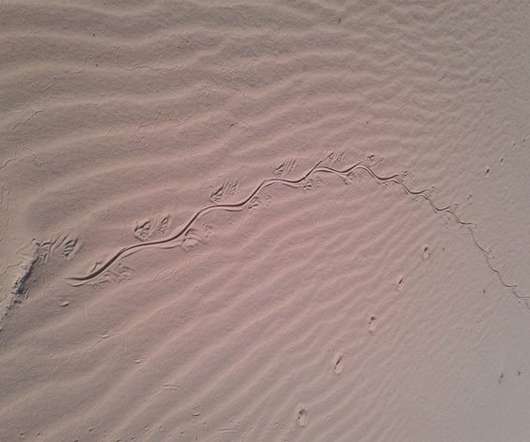
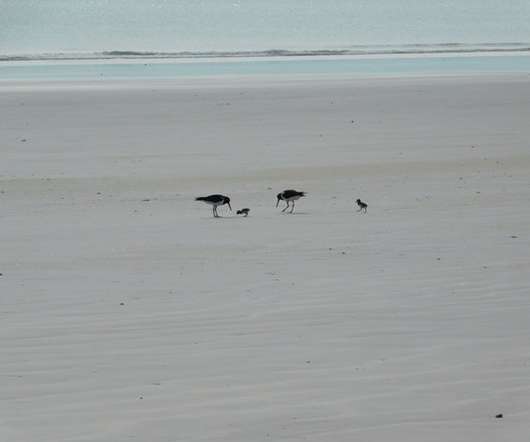








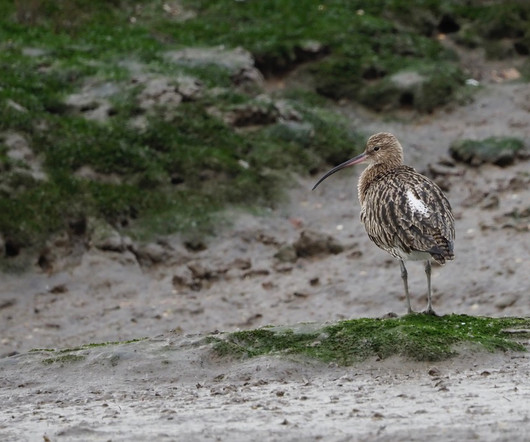
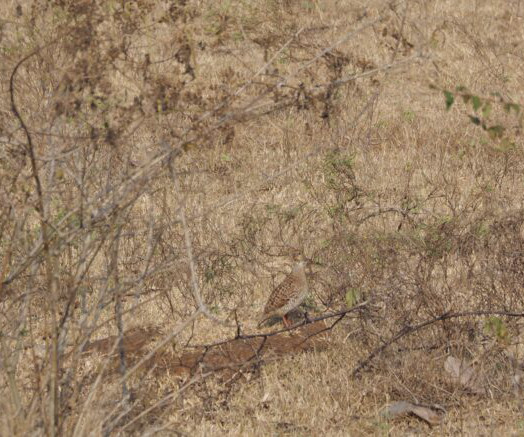








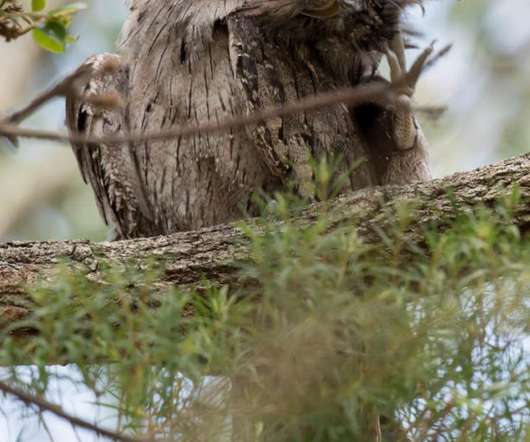












Let's personalize your content